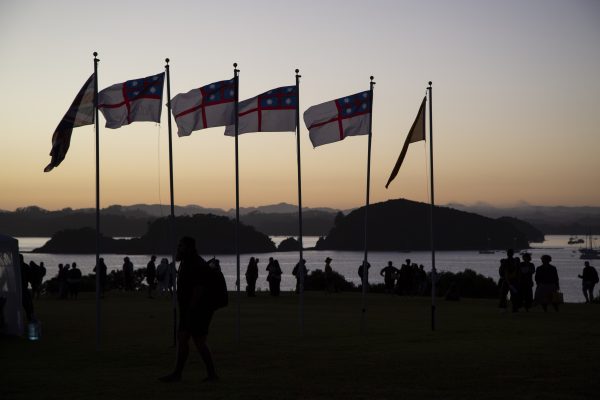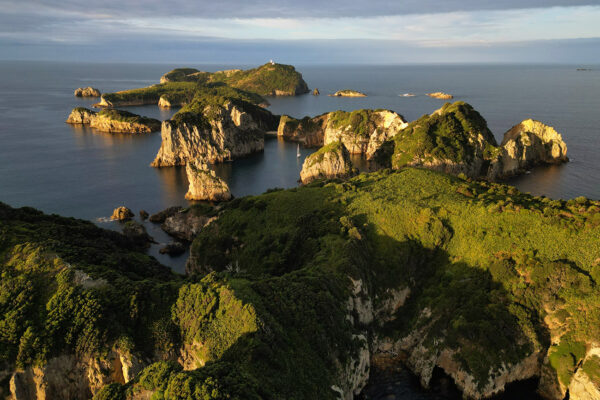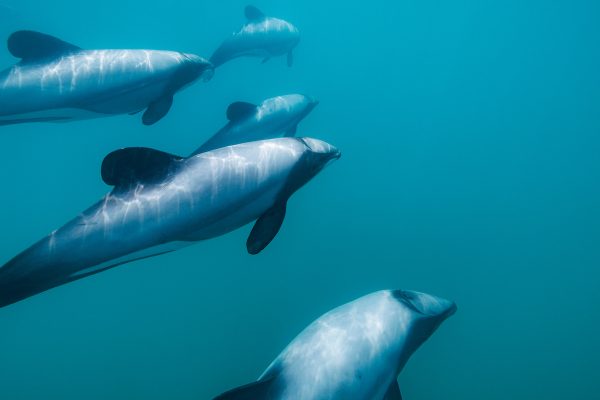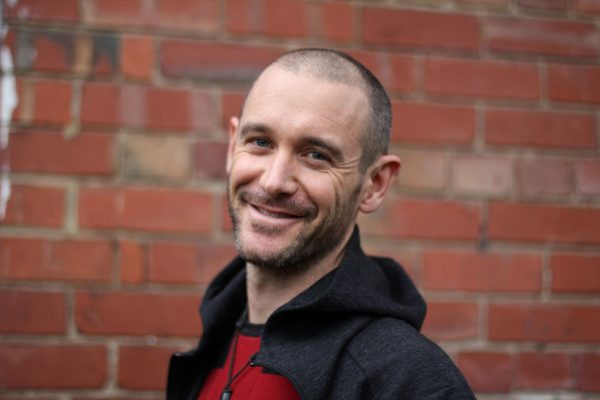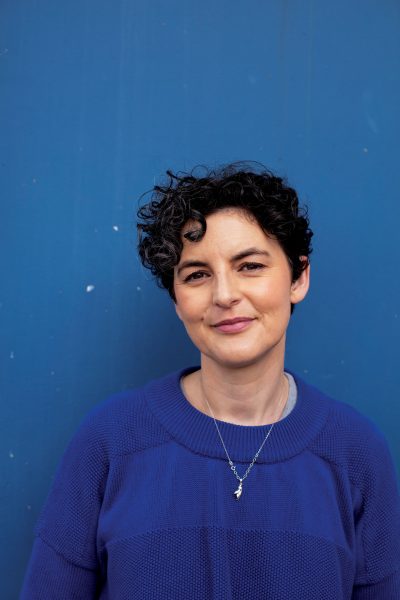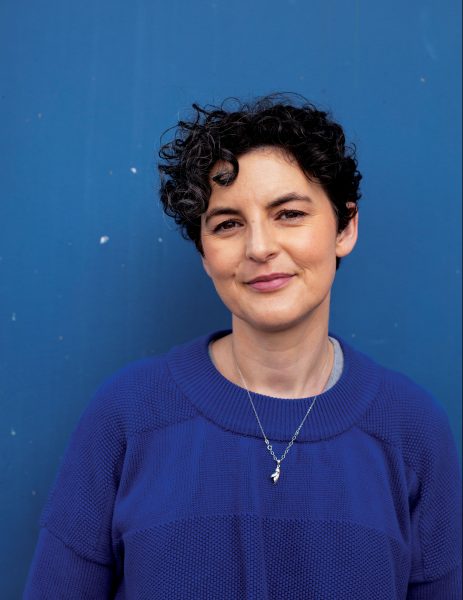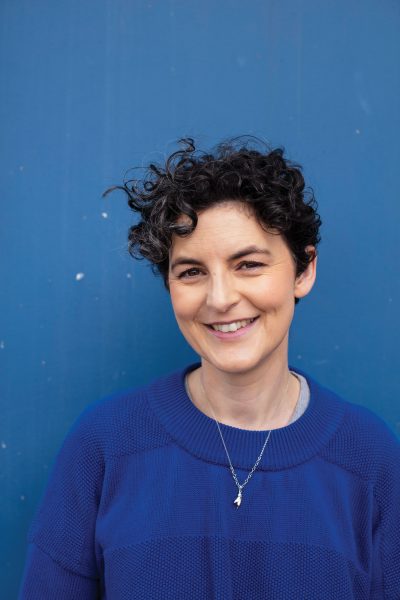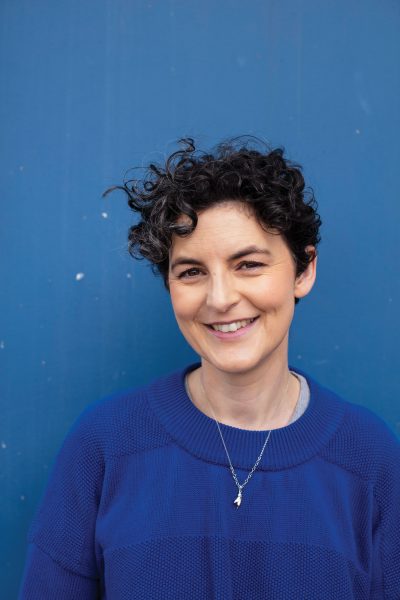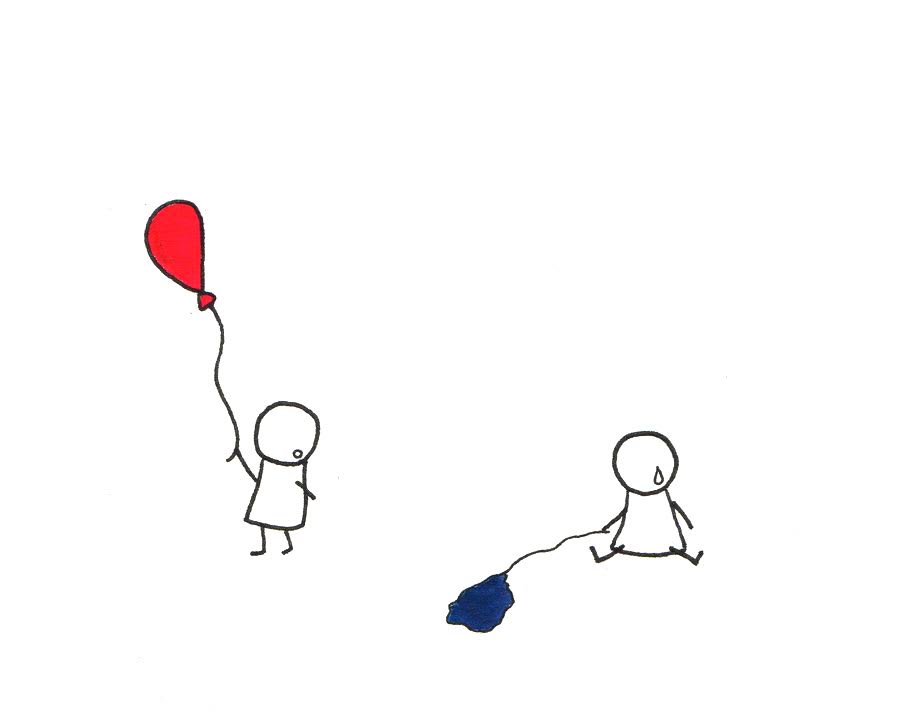This is why
My inbox is a world of hurt. Eels dead on beaches. Seabirds starving. Ice, melting faster than we thought. There are microplastics in our brains, my emails advise me, and in the breath of dolphins. This morning, an ordinary, terrifying line in a press release: “The climate crisis is a threat to civilisation.” No time to think about it, not really. Back to trying to write a coverline that’s cool and intriguing but also true. Now the phone’s ringing; a writer with field-work plans gone awry… I’ve found that it helps to have a sense of mission. To understand your “why”. For me, it’s the hope that documenting our world might help save it; even on the most stressful days, this idea feels like a flying-fox zipping us over the trees. I see a similar, singular focus in the seaweed scientists and entrepreneurs Kate Evans and Richard Robinson meet in their cover story on page 78. “For me personally, seaweed provides a sense of hope,” says Coromandel CEO Lucas Evans, who, because of that hope, slid down a rabbit hole of seaweed science eight years ago and is now permanently ensconced. I think about the moment the tight-knit team of Plant & Food Research scientists confirmed that their seaweed spray can help defend some of our most important crops from diseases. I even find myself identifying with the tech-bro of the piece, entrepreneur Steve Meller, who could have settled for a “nice little 20- or 30-million-dollar business” selling methane-busting seaweed supplements to farmers, but is aiming higher—as in, he wants to help save the world. Move fast and fix things, is the vibe. Maybe miracles can happen, if we work hard enough—and don’t get distracted. I got a great gust of that energy, too, from Coromandel conservationist Sara Smerdon. She talks fast and hard; replies to emails within moments. We’ve been hammering out the finer points of how pigs and other pests go about scoffing native frogs in the ecologically rich forest to which Smerdon is devoted (see Naomi Arnold and Rob Suisted’s story on page 36). Every call, I had a notepad to hand just in case, and it ended up covered in shorthand. Smerdon talked about the incredible critters that live in this spot. How she felt when she found pig sign all through rooted-up frog habitat—and then saw the same devastation again, and again. How she and others pushed for the evidence that might prompt action. And how hard it is, always but especially now, to get money to fight for our forests. “These frogs have so little protection anyway,” she told me. “This is why we do what we do.” Last summer, we asked readers for feedback on this magazine. We’ve printed out all the responses and sometimes, when the to-do list gets on top of me, I pull out the stack and read through it all again. “Continue to explain the why,” you told us. Someone else: “It is great to see passion in the writing and photography.” Others: “I want to hear the awesome stories of people doing good and interesting work in these dark times.” “Be brave. Stand up for science and scientists.” “Follow your gut always.” One person told us they wept over our feature about red-billed seagulls (Issue 187). “However, I accept that we need to know about these things and I don’t want you to stop covering them.” Often, the stories we tell in New Zealand Geographic are bleak. But in every story, we strive to show you that there are people like Sara and Lucas and Steve—clever, ambitious, stubborn people—who are getting stuck in because they care just as much as you do. We hope it might help you hold on to your why.




